What To Know About Working With Quilt Templates


Quilting is a wonderful pastime that allows you to creatively express yourself and make something useful for your home. When you first learn to quilt, you do so with quilting patterns. And when you want to add details to your quilt, you can use a quilt template. Keep reading to learn what you should know about working with quilt templates for the first time.
What Is a Quilt Template?
We mentioned above that quilting patterns and templates are different. Although they sound similar, patterns are for designing your whole quilt. You read a quilt pattern to learn how to make a specific quilt. A quilting pattern tells you what size squares you need, how to lay out your blocks, how to press the quilt, and what the intended size of the finished product is. Many beginner quilters use patterns, but the more complicated a pattern, the more skill you need to follow it.
Quilting templates are also helpful for novice quilters. However, templates don’t help you design a whole quilt. You would use a template to outline and plan specific details, such as stick designs or applique pieces. This tool looks like a ruler with marks on it to help you know when to stitch. But it comes in various shapes, such as squares and triangles. You can also print templates on paper or make your own with cardboard, as long as you print or cut them to size.
How Do You Use a Template?
Choose your desired template and your fabric. Use a rotary cutter or scissors to cut the fabric according to the template guide. Make sure to do this so that your pieces are the right size and the print points in the correct direction.
Lay your pieces down flat. Use an erasable pen or similar device to mark out the stitching plan from the template onto your fabric. This will make it easier for you to sew even stitches once you take the template off the fabric. Make sure to work in a well-lit area so that you know your stitch marks are in the correct place.
Extra Template Tips
When purchasing a template, look for non-slip ones. This will keep your template in place while you cut and mark. Some stores and manufacturers may call templates rulers because of their appearance. Despite the name difference, they are the same tool. You can use this tool to cut out shapes and mark stitches for your quilt.
Companies also call some templates “low shank.” This refers to the height of a sewing machine shank. If you plan to use the template for hand sewing, then the shank isn’t important. However, if you plan to use it with a machine, make sure you’re using the appropriate template size for that machine.
Working with quilt templates can sound intimidating for beginners, but it’s not. The most important pieces of information you need to know about them are what they are and how to start using them for the first time. If you need quilting tools and supplies, Lindley General Store is happy to help you find what you need. We sell templates like we’ve described above as well as other helpful quilting accessories.

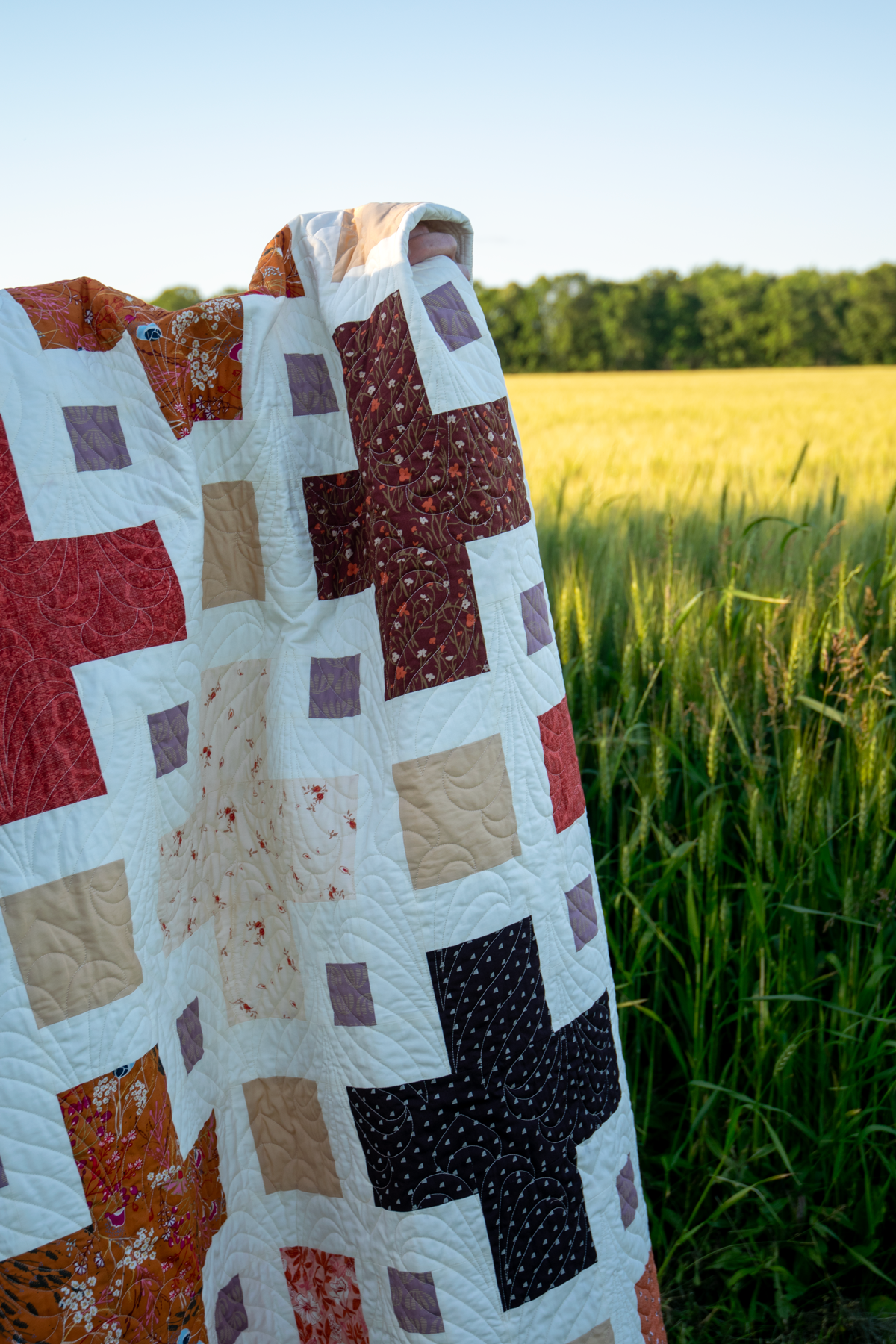

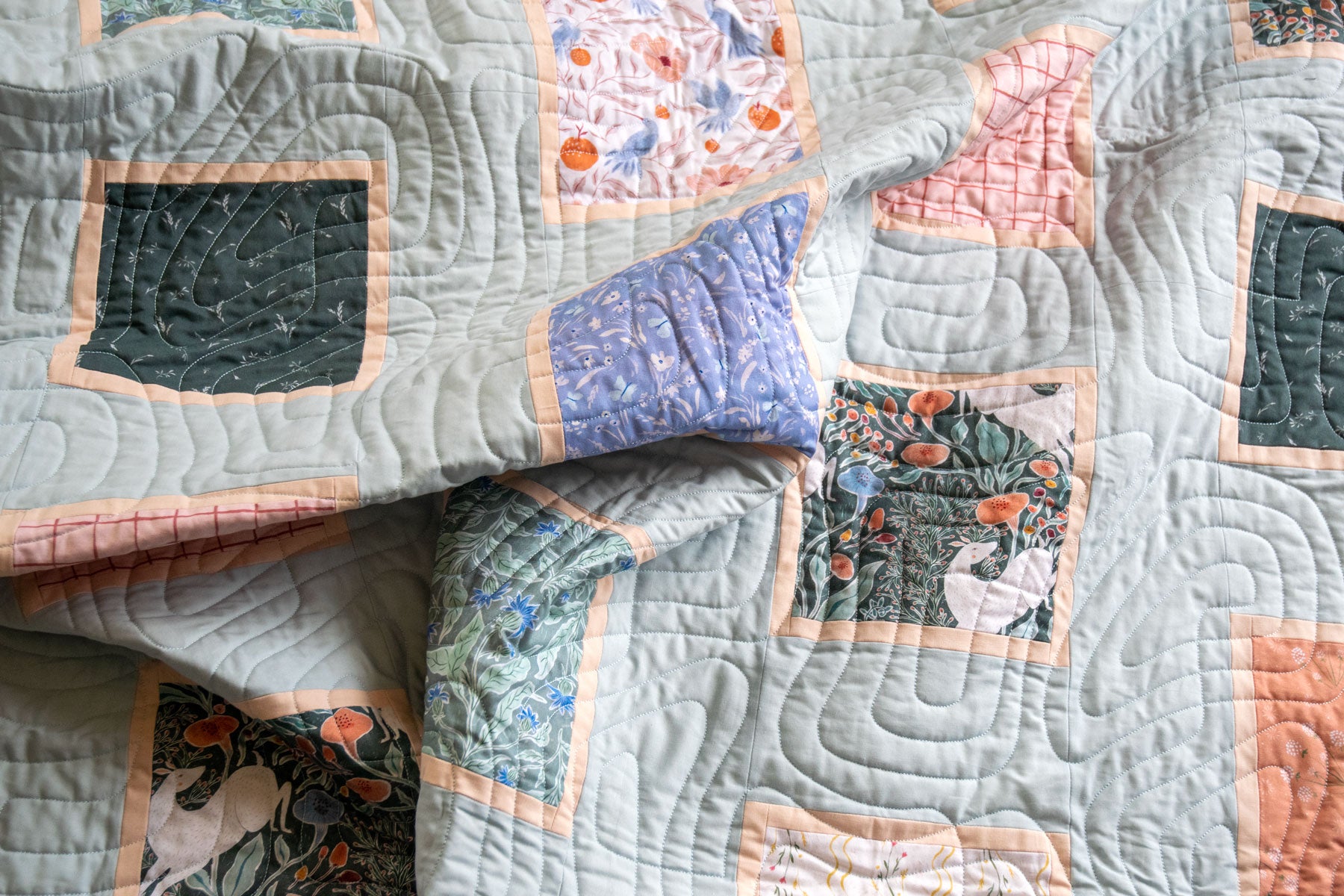
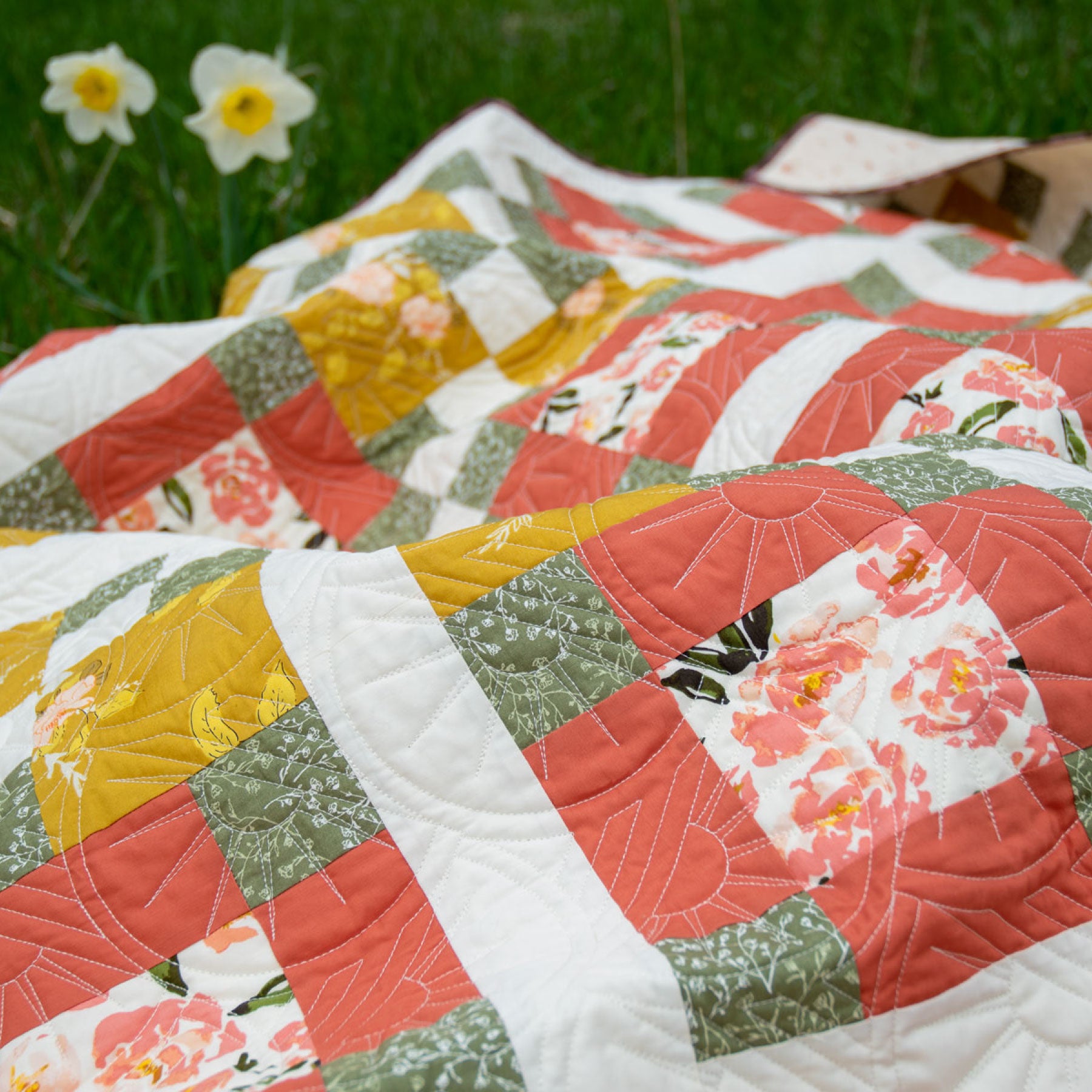

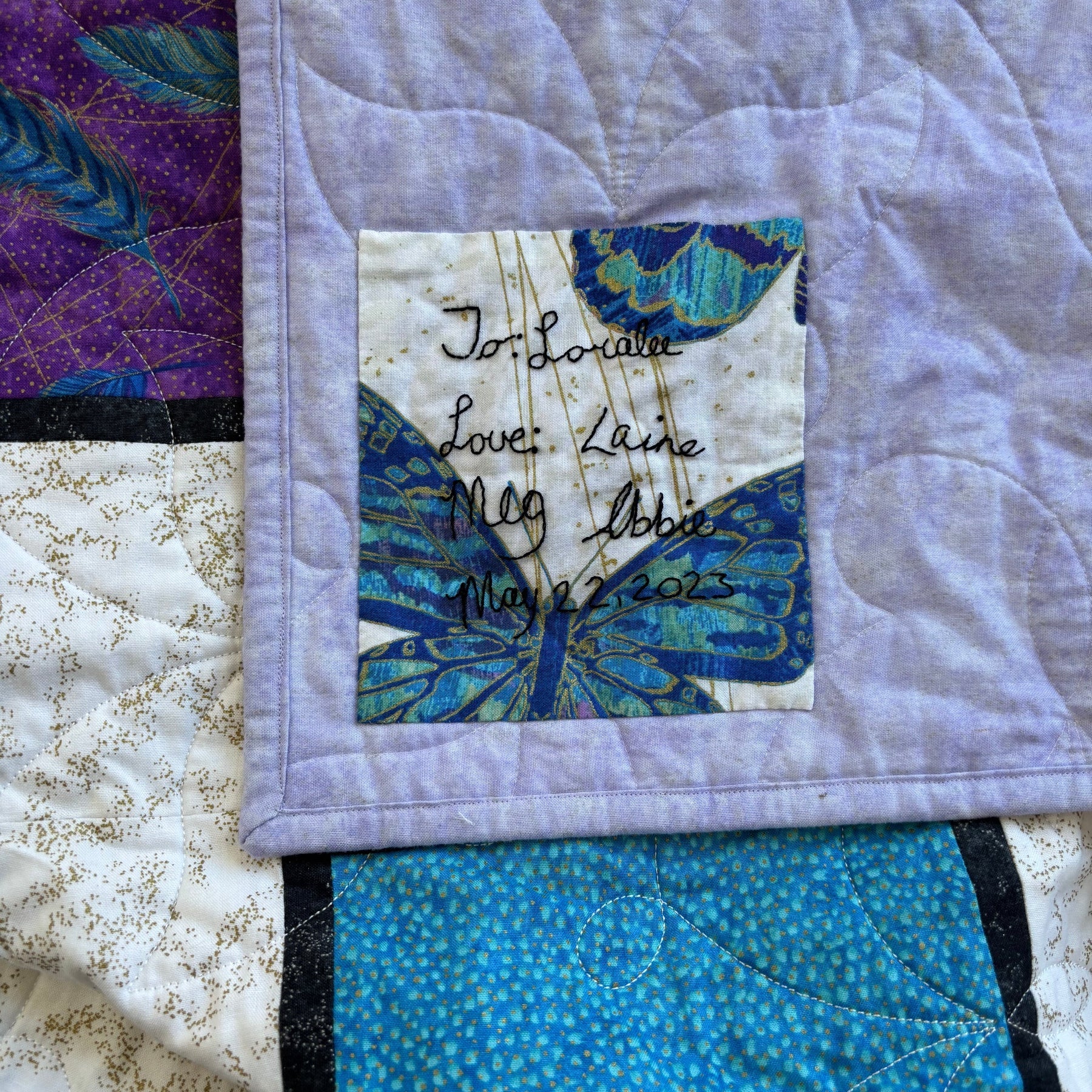
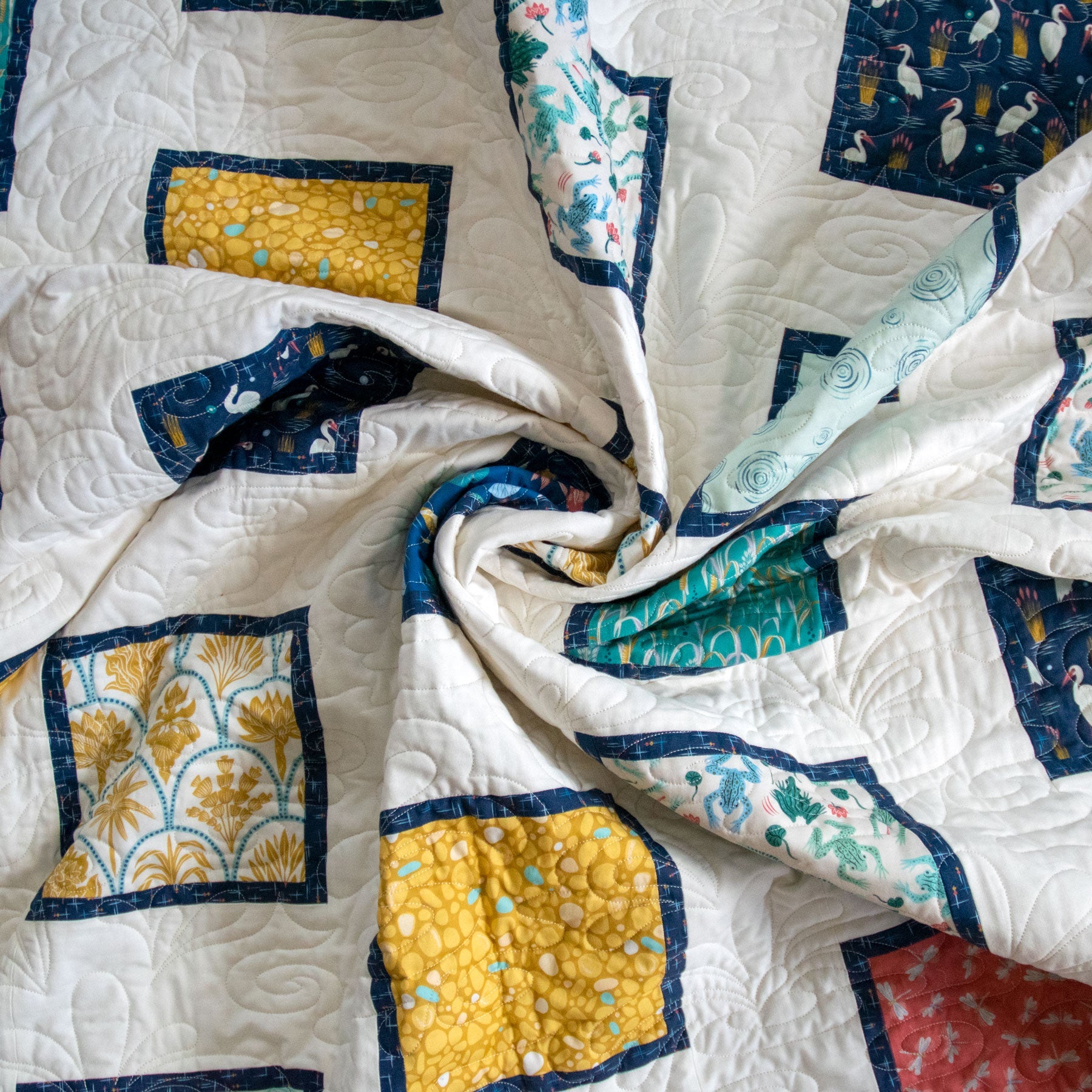
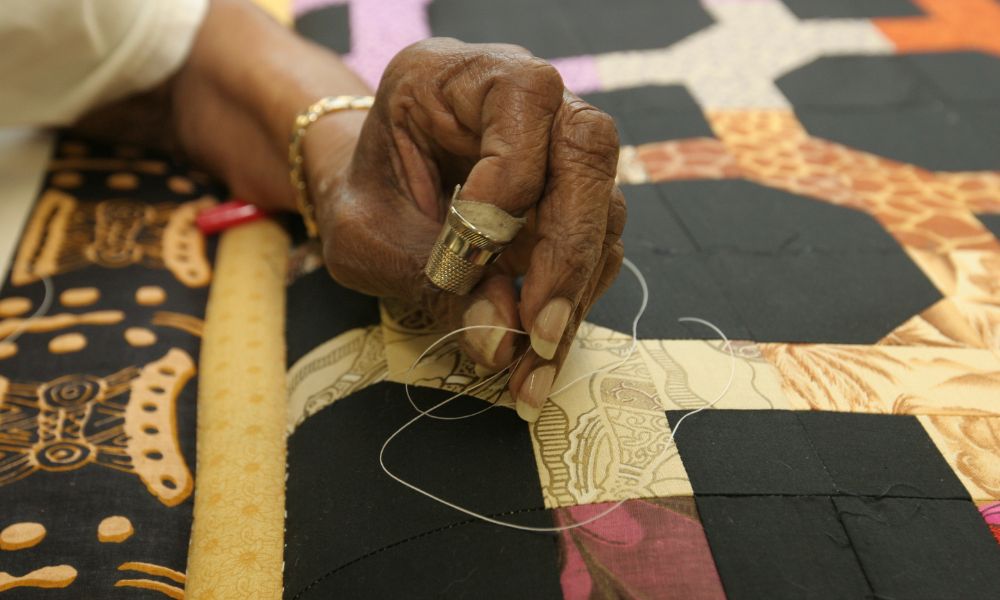
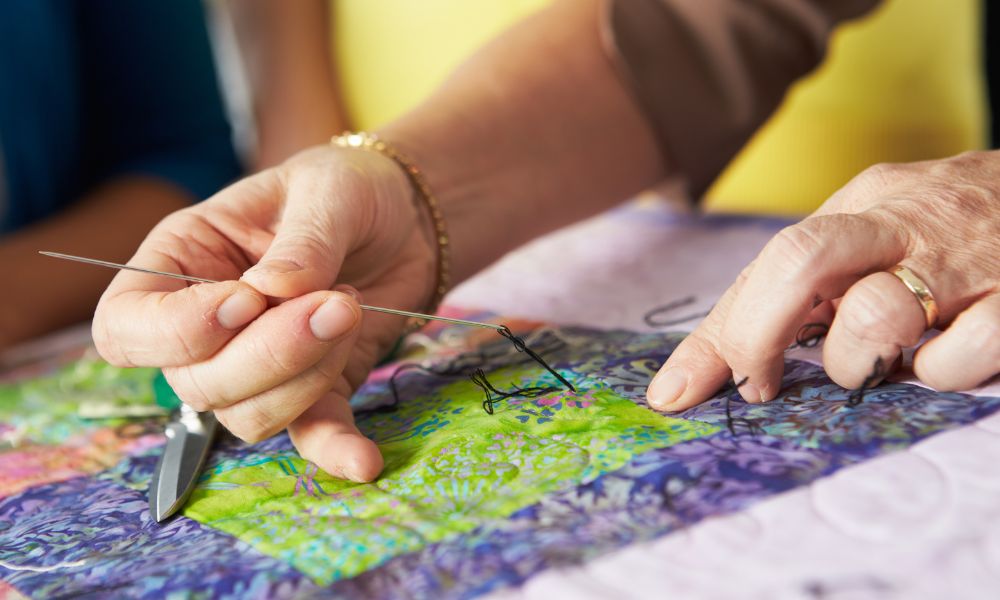
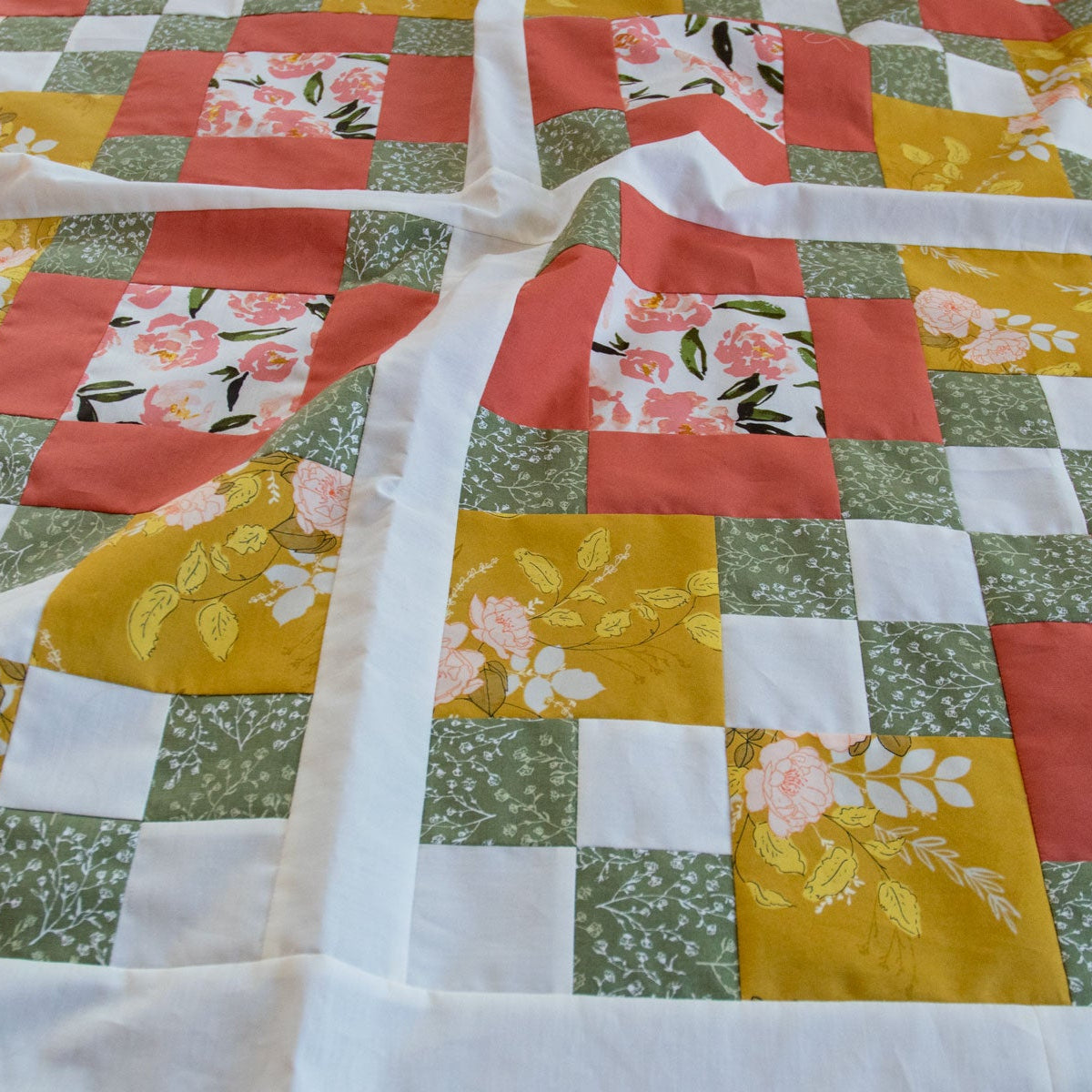
Comments